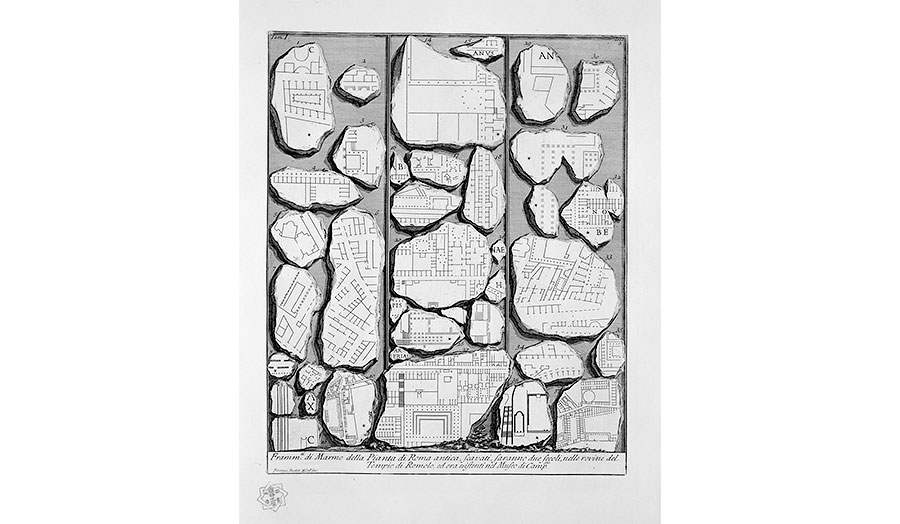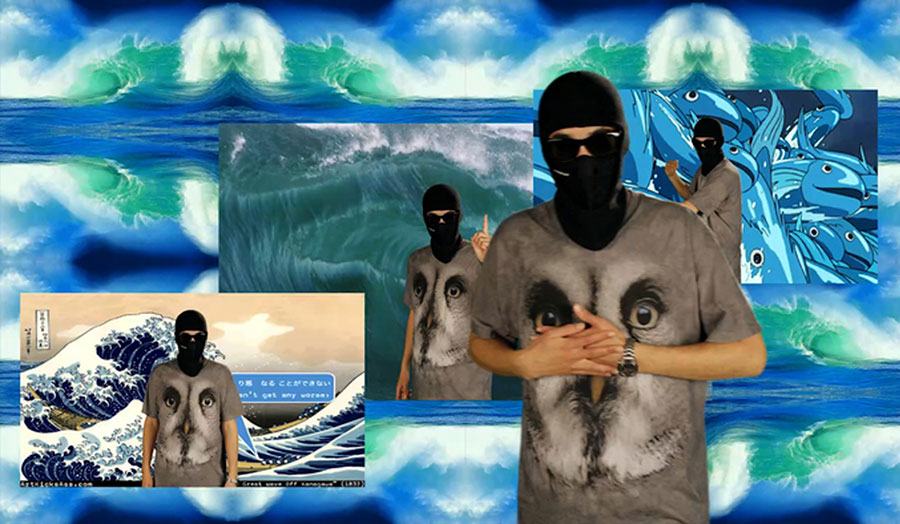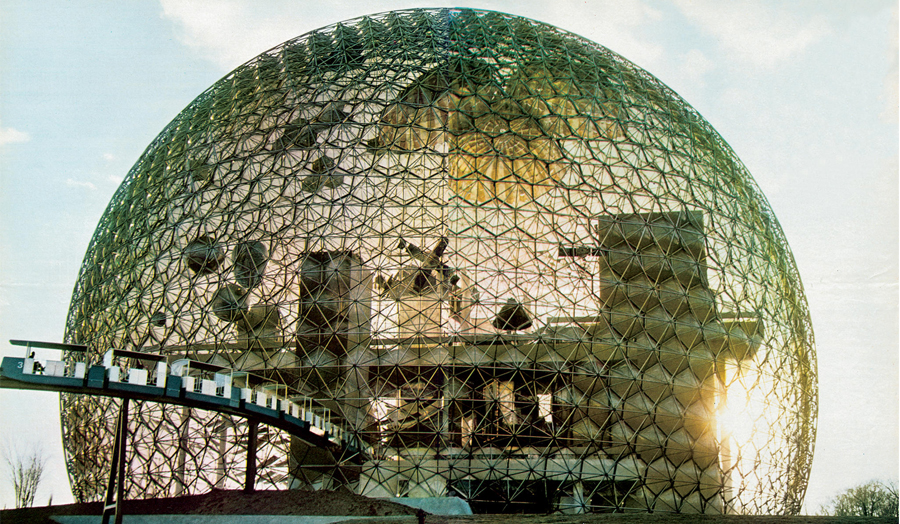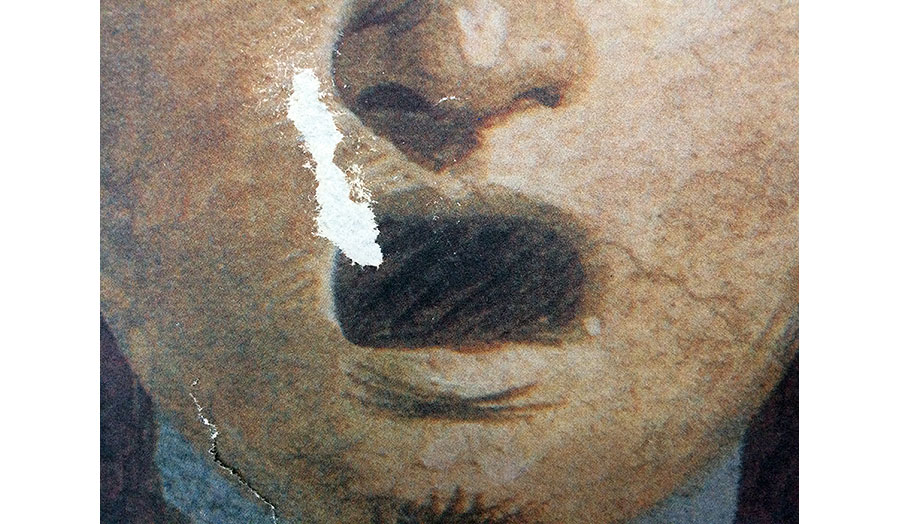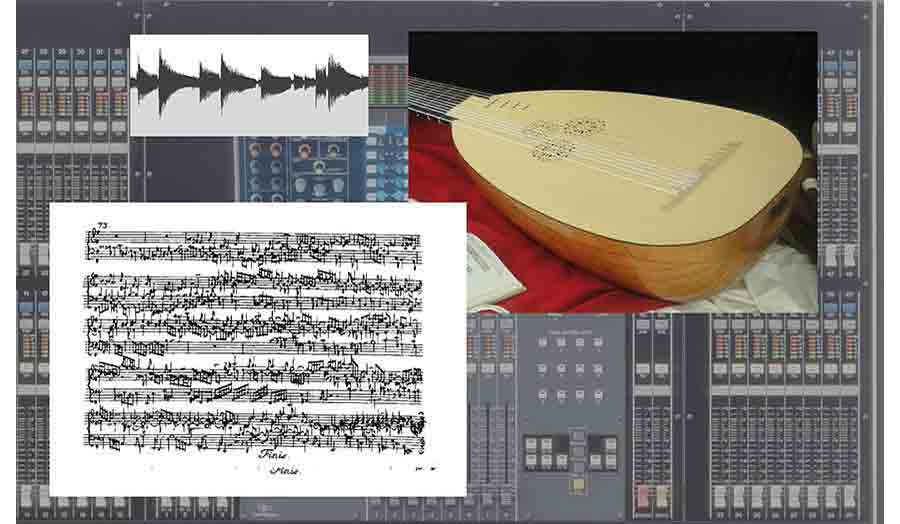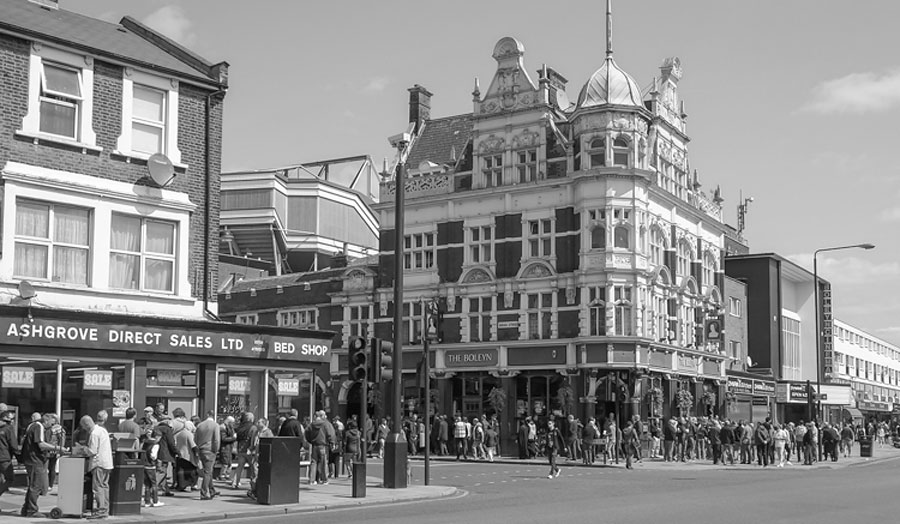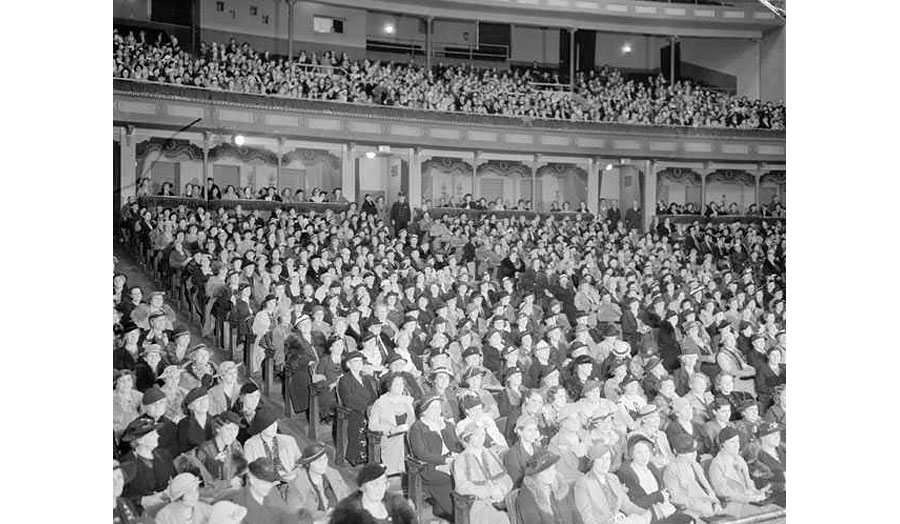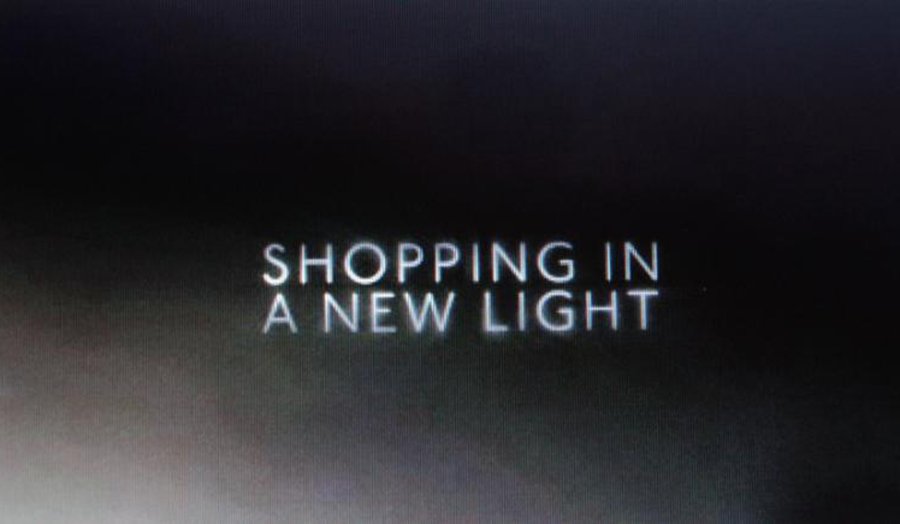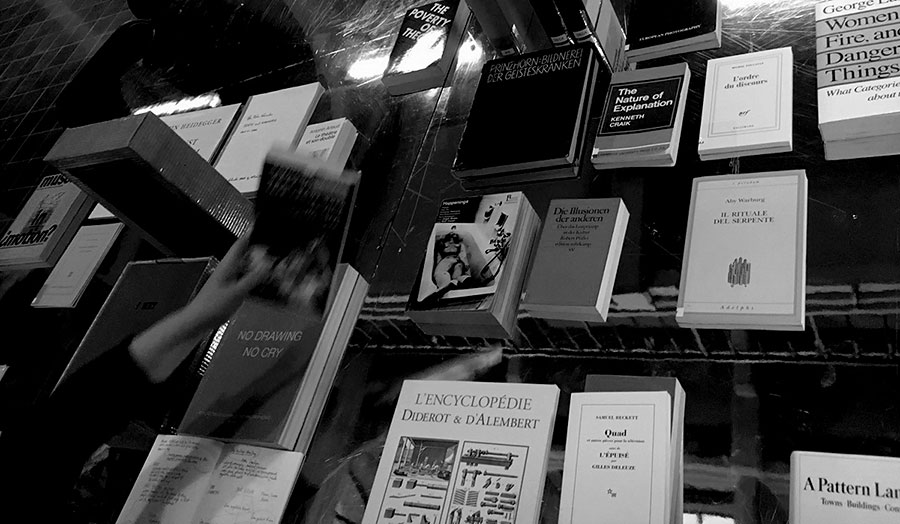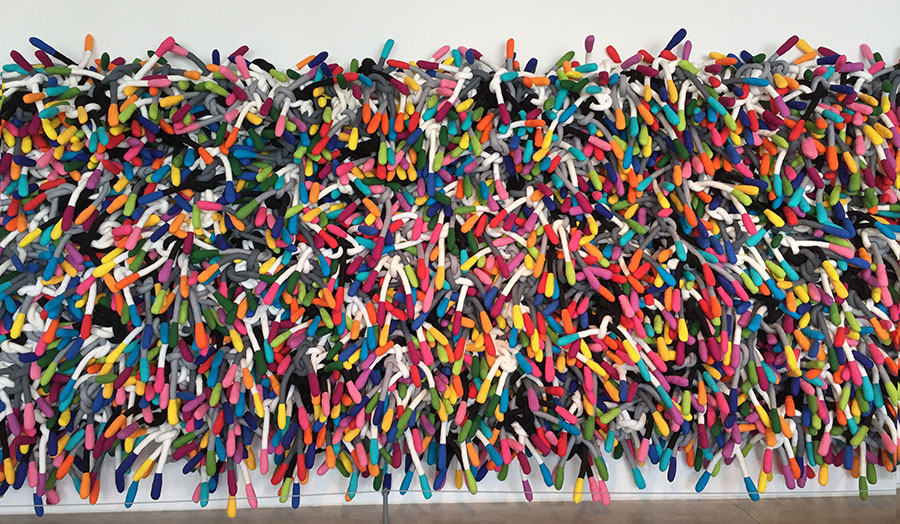Studio brief
This Dissertation Studio examines instances of the liminal as they occur in critical theory and culture, and is open to any topic and students from all disciplines. You will be assisted to develop a topic of your choice in a chosen field that relates to the liminal – it might be a transitional process, or avant-garde’s edge, or thresholds of experience or designed space. Or consider the hypnagogic’s role in ritual or creative practice, or consider the aesthetics of the indeterminate object or outcome, or practices that focus specifically on boundaries or outline or limits.
When thinking of liminality, you might think of Junichiro Tanazaki talking of deeply-felt shadows; Marjorie Perloff revelling in indeterminacy; Anne Carson questioning the audibility of women; Martin Heidegger wondering by what language we could know ourselves if we crossed beyond the line. Georges Bataille doesn’t believe in limits – we should accelerate to excess; James Turrell deals in transitions in half-light; William Burroughs slices and dices; for Slavoj Zizek we can really only see things whilst looking at them ‘awry’. Ours might be a world that demands harsh outlines, but this only serves to underline the importance of the in-between and the indistinct. Each week we will consider different permutations of the rich history of creative work around the liminal as it occurs across disciplines, and we might consider as part of your research an installation at C4RD in Highbury.
Outline of the first seven weeks of study
Weeks 1-7: We will wander London to discover experiences of liminality, do close readings of texts, and examine your own practice and interests with reference to these ideas and tease out the critical questions.
- Week 1: Introduction
- Week 2: Becoming
- Week 3: The Horizon of Possibility
- Week 4: A Wave that does not Break
- Week 5: Indeterminacy | the Interzone
- Week 6: Crossings
- Week 7: Finitude
Suggested reading
- Berardi, Franco “Bifo”, 2017. Futurability: The Age of Impotence and the Horizon of Possibility. London: Verso
- Broadhurst, Susan. 1999. Liminal Acts: A Critical Overview of Contemporary Performance and Theory. London: Cassell
- Brown, Wendy, 2010. Walled States, Waning Sovereignty. New York: Zone Books
- Carson, Anne, 1995. ‘The Gender of Sound’, in Glass, Irony and God. New York: New Direction Books
- Casey, Edward, ‘The Time of the Glance: Toward Becoming Otherwise’, in Liz Grosz, Becomings: Explorations in Time, Memory, and Futures. Ithaca: Cornell University Press
- Chun, Wendy Hui Kyong, 2016. Updating to Remain the Same: Habitual New Media.Cambridge: MIT
- Haraway, Donna, ’A Cyborg Manifesto’, in D Bell and M Kennedy (eds), 2000, The Cyberculture Reader. London: Routledge
- Heidegger, Martin, 2010. ‘On the Question of Being (1955)’ in Pathmarks. Cambridge: Cambridge University Press
- Hollander, Dana, ‘Barthes and Derrida on the Limits of Representation’, in Wilhelm Wurzer, Panorama: Philosophies of the Visible. London: Continuum
- Krauss, Rosalind. E, 1986. The Originality of the Avant-garde and Other Modernist Myths.Cambridge: The MIT Press
- Meillassoux Q, 2008 After Finitude: An Essay on the Necessity of Contingency (Continuum, London).
- Nancy, Jean-Luc, 1993. The Birth to Presence. Stanford: Stanford University Press
- Perloff, Majorie, 1999. The Poetics of Indeterminacy. Evanston: Northwestern University Press
- Petherbridge, Deanna, 2008. ‘Nailing the Liminal: The Difficulties of Defining Drawing’, in Writing on Drawing: Essays on Drawing Practice & Research, (ed. SW Garner), Bristol: Intellect Books, pp. 265-285.
- Shrigley, Gordon, 2004. ‘Absence of that Everything’ in Shrigley, G, (ed.), 2004. Spatula: How Drawing Changed the World. London: marmalade
- Stengers, Isabelle, 2015. In Catastrophic Times: Resisting the Coming Barbarism. (trans A Goffey) London: Open Humanities Press.
- Tanizaki, Junichiro, 1977. In Praise of Shadows. Chicago: Leete’s Island Books
- Weizman, Eyal, Forensic Architecture: Violence at the Threshold of Detectability. New York: Zone Books
- Zizek, S, 1992. Looking Awry: An Introduction to Jacques Lacan Through Popular Culture. Cambridge: MIT
[Critical Contextual Studies is committed to half of the recommended publications being by women, and at least 30% being published in the last 10 years]
Examples of things we might look at
- Christo and Jean-Claude, 1979 to 2005. The Gates
- Frost, R, Mending Wall
- Fushimi Inari Taisha, Kyoto. 711-1499
- Ham House, Richmond-upon-Thames, Surrey. 1610-1640
- Horn, Roni, 1980-1982. Gold Field. Solomon R. Guggenheim Collection
- Je t'aime... moi non plus. 1967. Song by Serge Gainsbourg, with Jane Birkin. lyrics © Shapiro Bernstein & Co. Inc.
- Miéville, China, 2011. The City and the City.
- Ziegler, Toby. The Genesis Speech. Freud Museum London. 13 September to 26 November 2017
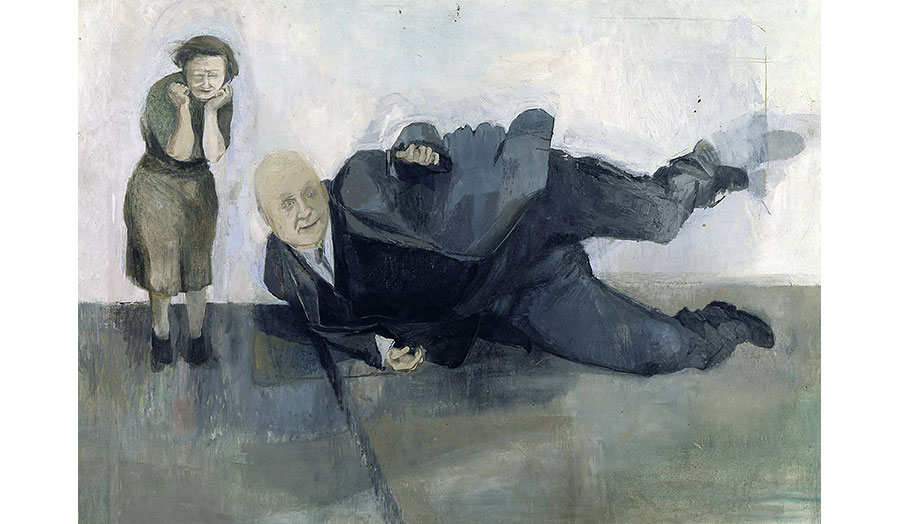
Details
| Tutor | Andrew Hewish |
|---|

.jpg)


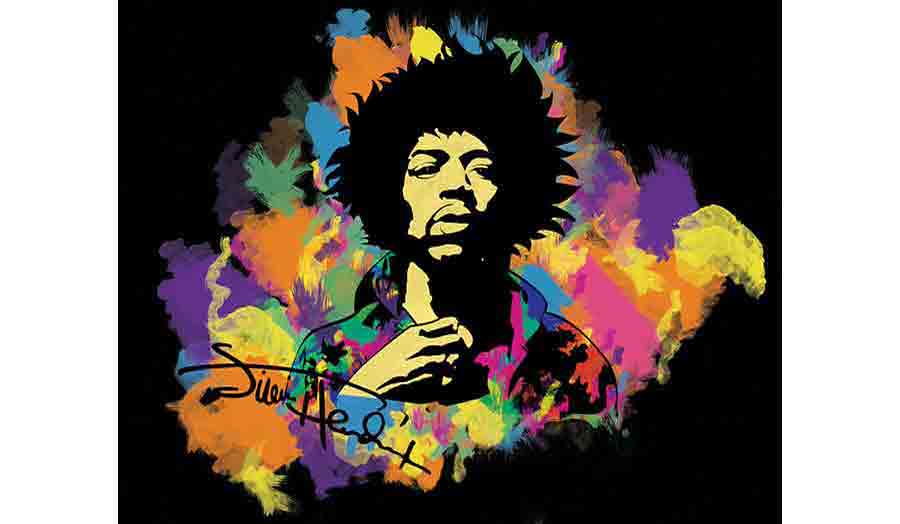
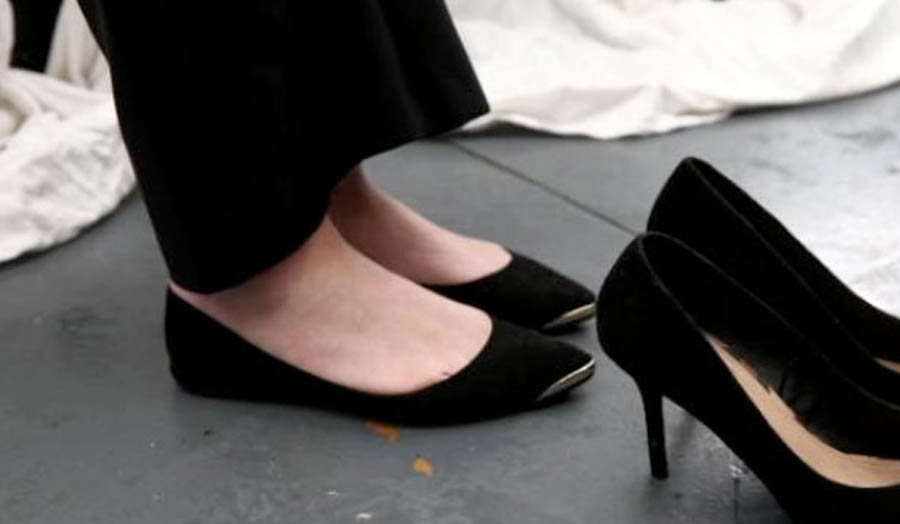
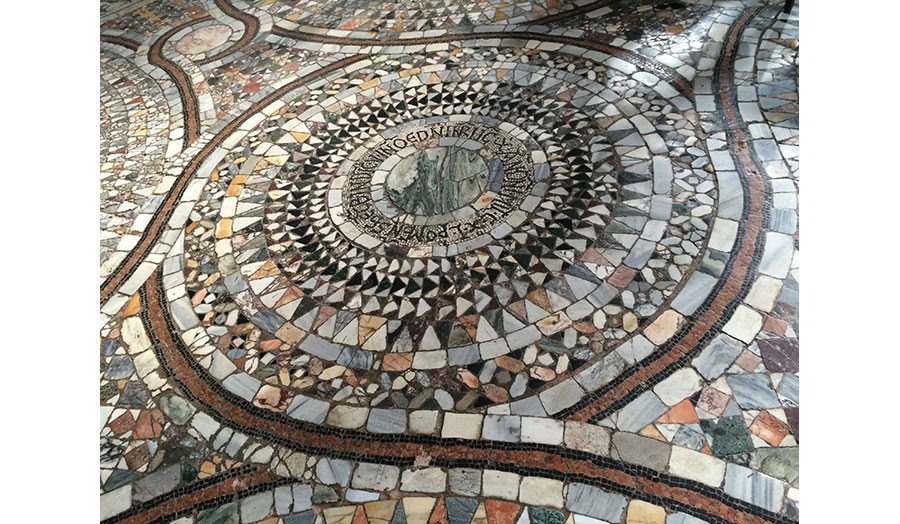
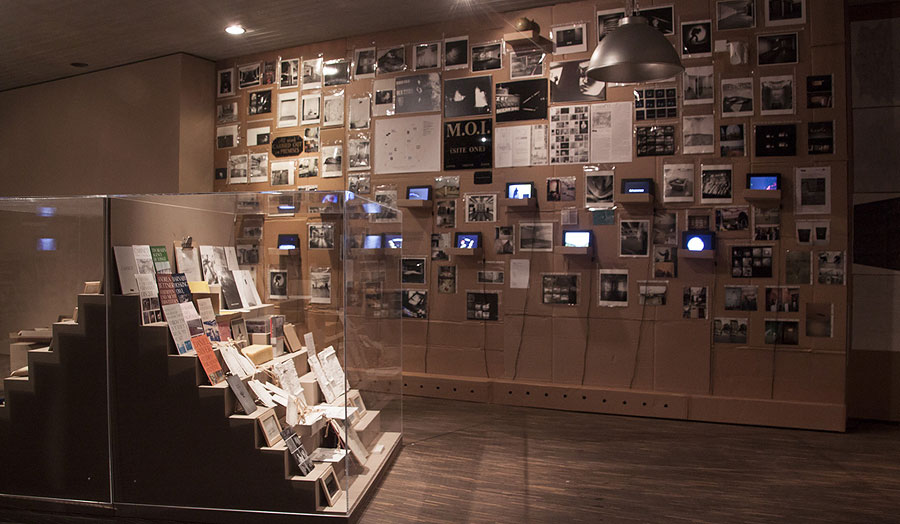
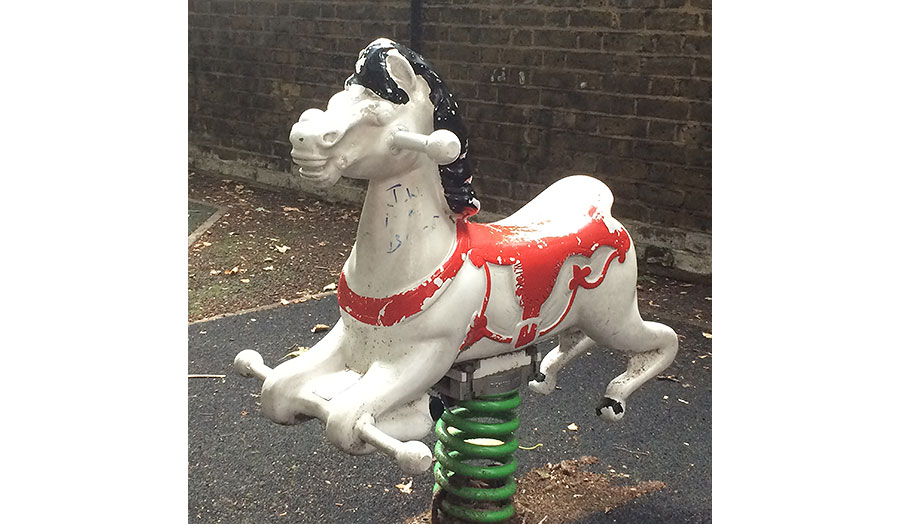
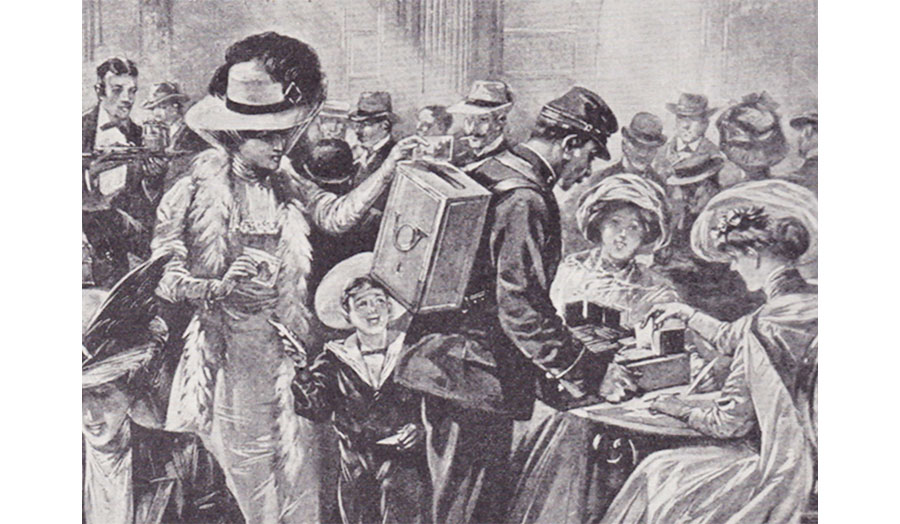
-(1).jpg)
